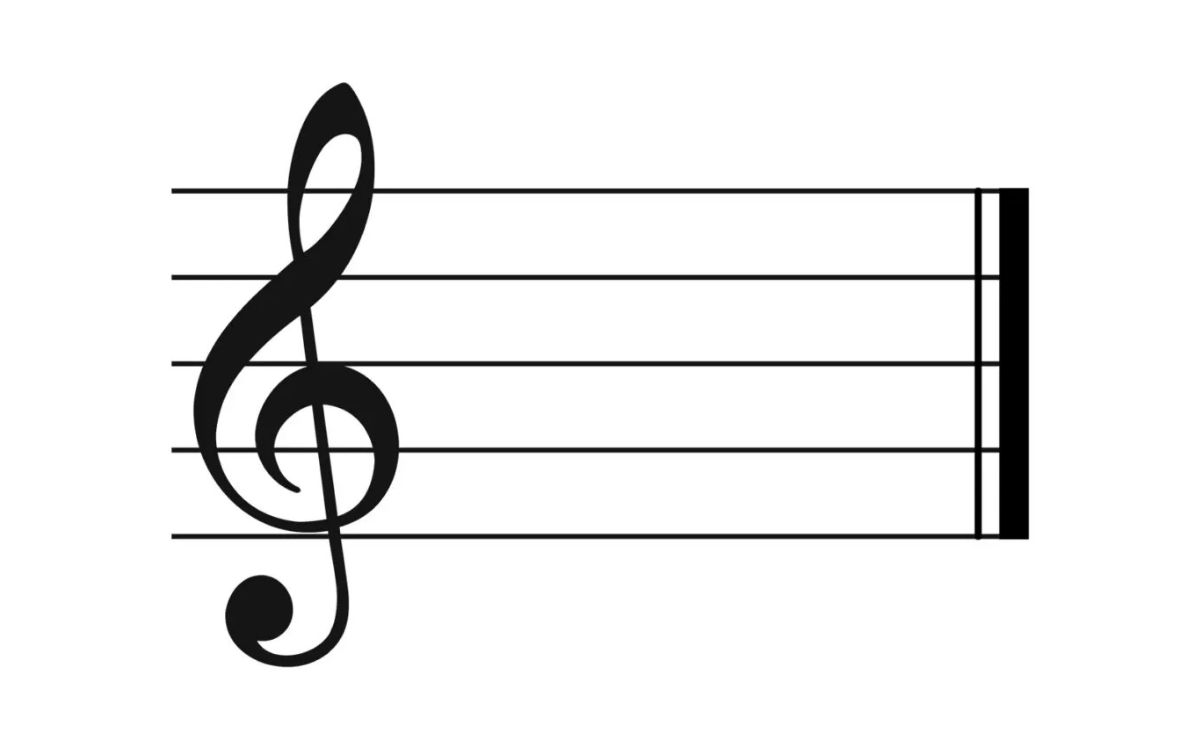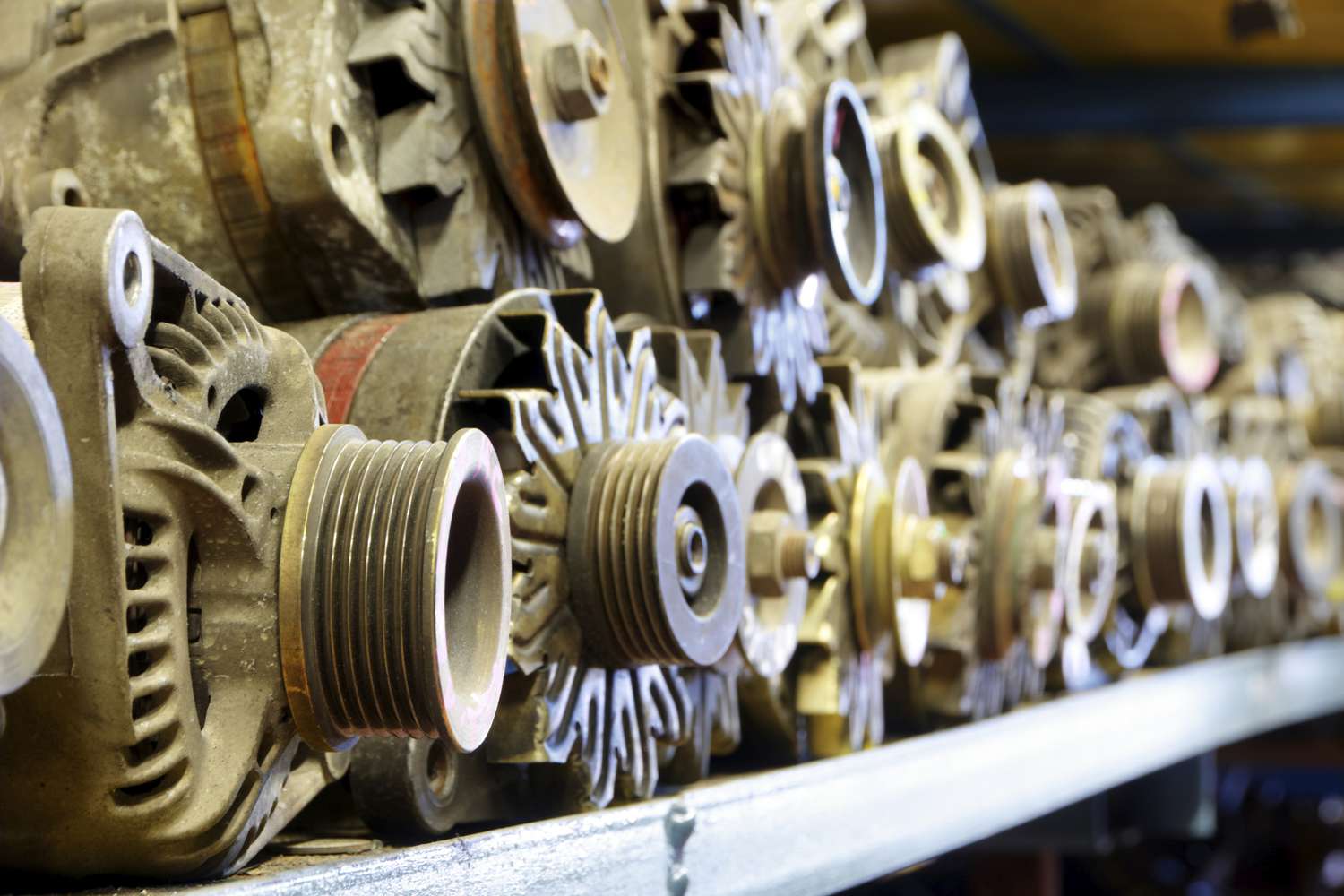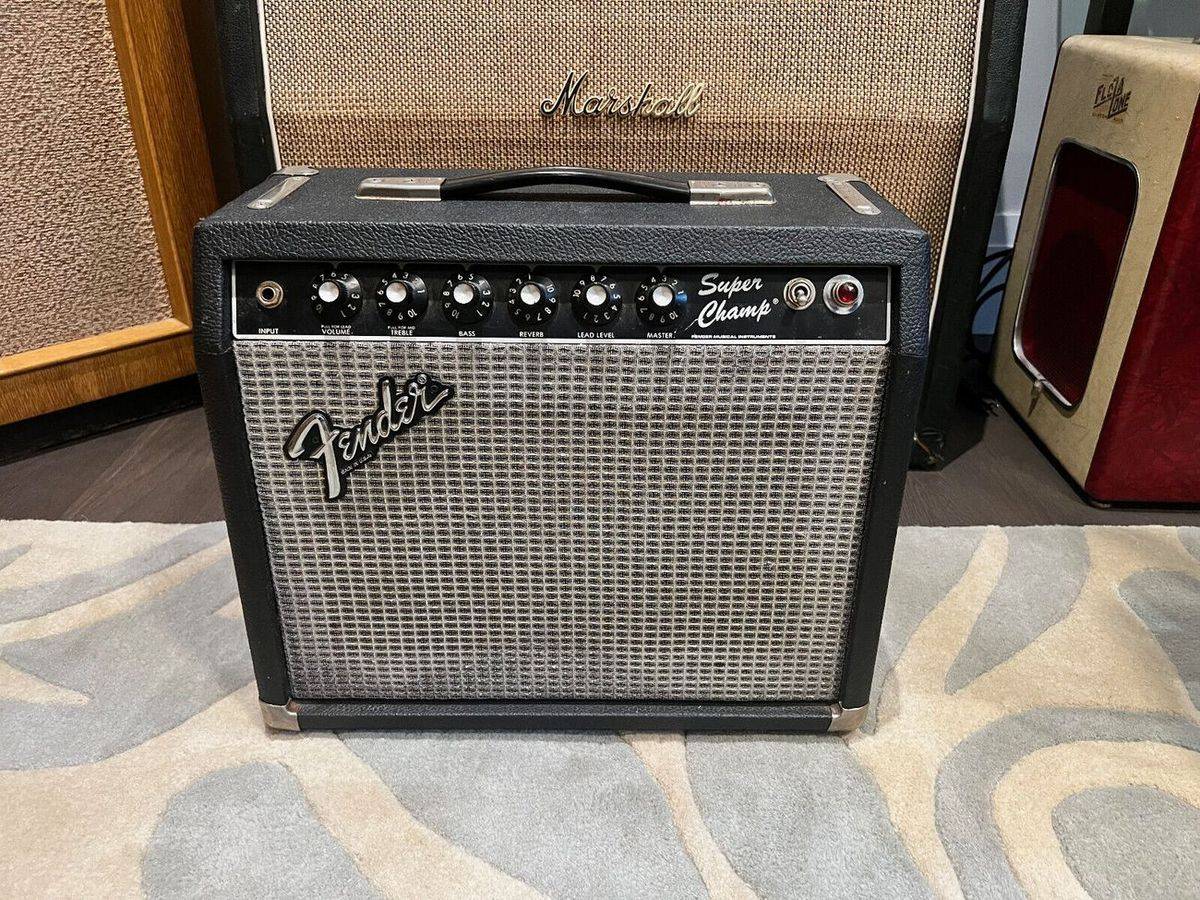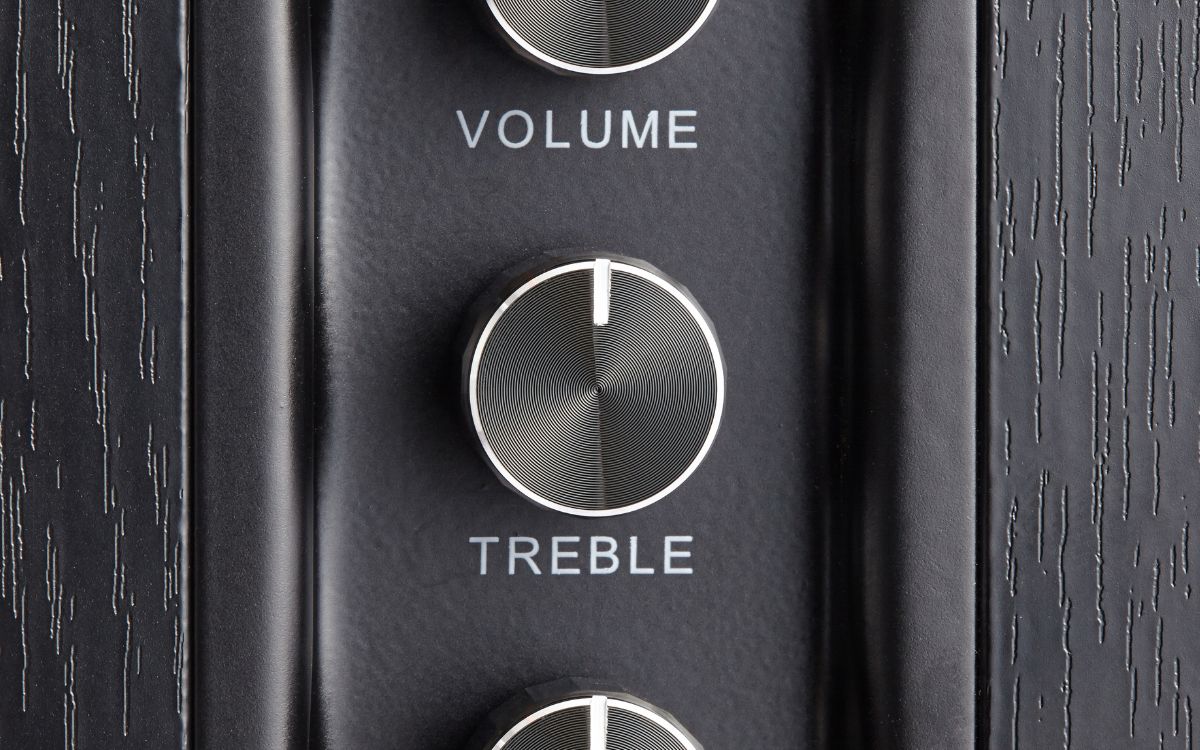Home>Production & Technology>Treble>What Does Treble Do On An Amp
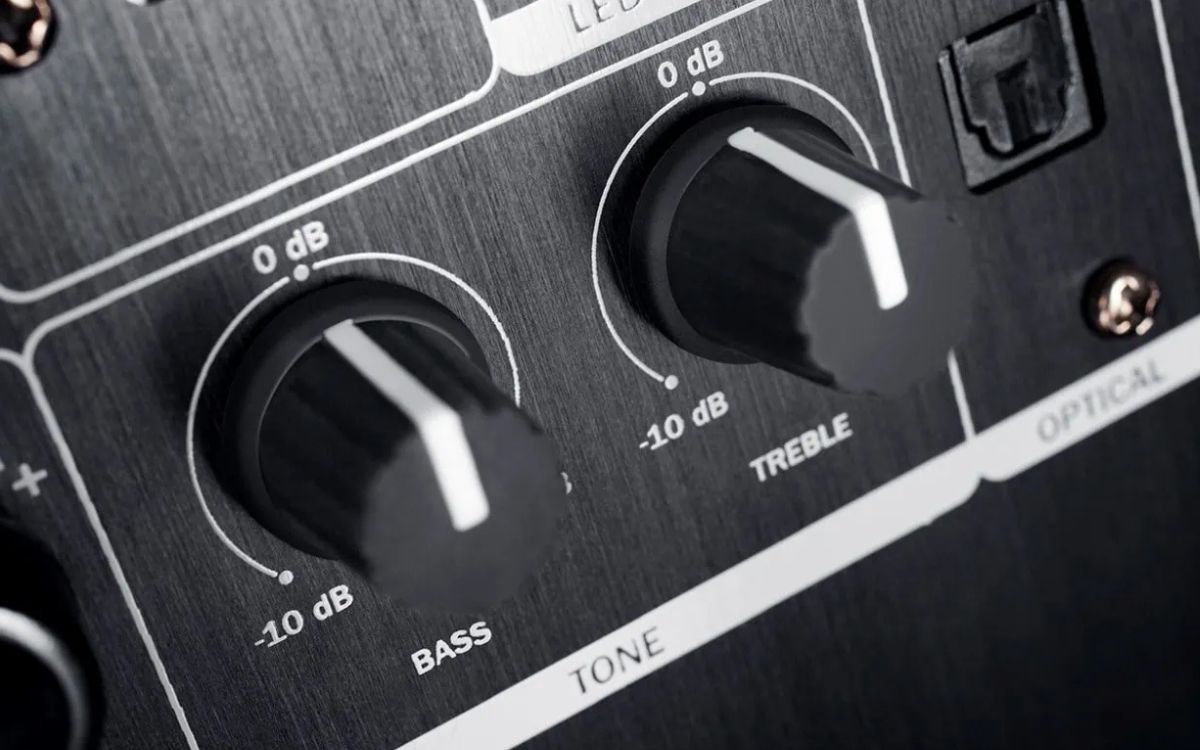

Treble
What Does Treble Do On An Amp
Modified: February 18, 2024
Discover the impact of treble on your amplifier and how it shapes your sound. Unveil the mysteries of treble settings and master your audio experience.
(Many of the links in this article redirect to a specific reviewed product. Your purchase of these products through affiliate links helps to generate commission for AudioLover.com, at no extra cost. Learn more)
Table of Contents
Introduction
Welcome to the world of audio and music, where every note, every frequency, and every tone plays a crucial role in creating a captivating sound experience. When it comes to amplifiers, one of the key controls that impacts the overall sound is the treble. Whether you’re a musician, an audiophile, or just a music enthusiast, understanding what treble does on an amp can significantly enhance your listening experience.
Treble refers to the higher range of frequencies in the audio spectrum. It encompasses the high-pitched sounds and adds brightness, clarity, and definition to the overall sound. It’s often associated with the harmonics present in musical instruments such as cymbals, flutes, and violins. The treble control on an amplifier allows you to adjust the amount of high-frequency content in your audio signal.
In this article, we will delve into the world of treble and explore its role in an amp. We’ll discuss how adjusting the treble control can affect the sound, debunk common misconceptions, and provide you with a better understanding of this vital component of audio amplification.
Definition of Treble
Treble, also known as high-frequency or high-end sound, refers to the upper range of frequencies in the audio spectrum. It represents the higher-pitched tones in music and encompasses frequencies typically ranging from 2,000 Hz to 20,000 Hz. Treble plays a crucial role in adding brightness, clarity, and detail to the overall sound reproduction.
When you listen to music or audio, you may notice that different instruments and voices have varying levels of treble. For example, the shimmering sound of a cymbal or the crispness of a guitar solo rely heavily on the treble frequencies. On the other hand, some instruments, like a bass guitar or a deep male voice, have less prominent treble content and are more focused on the lower frequencies, known as the bass.
Treble is essential for achieving a well-balanced and dynamic sound. It helps to differentiate individual instruments and voices within a mix, making them clearer and more distinguishable. Without sufficient treble, the audio may sound dull, muddy, and lacking in detail.
Amplifiers play a critical role in shaping the treble response. They provide various tone controls, including treble knobs, that allow users to adjust the amount of high-frequency content in the audio signal. These controls influence the tonal balance of the sound and enable users to tailor it to their preferences or specific audio requirements.
Understanding the definition of treble and its significance in audio reproduction is pivotal for anyone involved in music production, audio engineering, or simply enjoying high-quality sound. Let’s explore further how treble functions in an amplifier and the impact it has on the overall sound.
The Role of Treble in an Amp
Treble plays a vital role in shaping the overall sound produced by an amplifier. It adds clarity, brightness, and detail to the audio signal, allowing the listener to hear intricate nuances and high-frequency elements in the music. Understanding the role of treble in an amp can help you fine-tune your sound and achieve the desired tonal balance.
One of the primary functions of treble in an amp is to accentuate high-frequency components of the audio signal. By boosting or attenuating these frequencies, the treble control on an amp allows you to enhance or diminish the presence of high-end sounds in your sound output. This can help in sculpting the tonal characteristics of the sound to suit different musical styles or personal preferences.
Moreover, the treble control on an amp can also affect the perceived volume of the sound. Increasing the treble can make the sound appear louder and more present, whereas reducing the treble can create a softer and more laid-back tone. Understanding this relationship between treble and perceived volume is crucial in achieving the desired sound balance in a mix or performance.
Another significant role of treble in an amp is its ability to add sparkle and brilliance to the sound. The high-frequency content brought out by the treble control enhances the clarity and articulation of instruments and vocals, making the sound more vibrant and engaging. This is particularly important in genres such as pop, jazz, and classical, where the intricate details of each instrument need to be heard distinctly.
Furthermore, treble can also contribute to the overall tonal balance and EQ shaping of the sound. When used in conjunction with other tone controls such as bass and midrange, the treble control allows for precise adjustment of the frequency response. This enables you to achieve a well-balanced sound, where all frequencies are represented in the right proportions, resulting in a satisfying and harmonious listening experience.
Ultimately, the role of treble in an amp is to provide control and customization over the high-frequency content of the sound. By adjusting the treble control, you can shape the tonal characteristics, volume, and clarity of your audio signal, allowing for a more personalized and enjoyable listening experience.
Adjusting the Treble on an Amp
Adjusting the treble control on an amplifier allows you to fine-tune the high-frequency content in your sound output. It gives you the flexibility to sculpt the tonal characteristics of your audio and customize it to your preferences or specific needs. Understanding how to adjust the treble on an amp is essential for achieving the desired sound balance and optimizing your listening experience.
The treble control is typically located on the front panel of an amplifier and is represented by a knob or slider labeled “Treble” or “High.” Turning the treble knob clockwise or sliding it up increases the high-frequency content, while turning it counterclockwise or sliding it down decreases it. The range and sensitivity of the treble control may vary depending on the amplifier model.
When adjusting the treble on an amp, it’s important to consider the context and the desired sound outcome. Here are a few guidelines to help you make effective treble adjustments:
- Brightening or adding presence: If the sound feels dull or lacking in clarity, increasing the treble can add brightness and presence to the audio. This is especially useful when working with instruments or vocals that need to cut through the mix and be more pronounced. However, be cautious not to overdo it, as excessive treble can result in a harsh or sibilant sound.
- Softening or reducing brightness: On the other hand, if the sound feels overly bright or harsh, reducing the treble can help soften the high-frequency content. This can be beneficial when dealing with recordings or instruments that have excessive brightness or when aiming for a smoother, warmer sound.
- Balancing the overall sound: The treble control is not meant to be used in isolation. It is best utilized in conjunction with the other tone controls, such as bass and midrange, to achieve a well-balanced sound. Experimenting with the treble control in combination with other controls can help you find the right tonal balance for your specific audio setup or musical genre.
- Considering the room acoustics: It’s important to take into account the room’s acoustic characteristics when adjusting the treble on an amp. Some rooms may naturally emphasize or attenuate certain frequencies, including high-frequency content. Taking the room acoustics into consideration can help you make more accurate adjustments and compensate for any sonic imbalances.
Remember, adjusting the treble on an amp is a subjective process that depends on personal taste and the specific audio context. It’s recommended to make small adjustments and listen carefully to how the sound changes with each modification. Take the time to experiment and find the sweet spot that suits your preferences and enhances your listening experience.
Effects of Treble on Sound
The treble control on an amp has a significant impact on the overall sound reproduction. Adjusting the treble can result in various effects on the audio, shaping the tonal characteristics and enhancing the listening experience in different ways. Understanding the effects of treble on sound will help you make informed decisions when fine-tuning your audio setup.
1. Clarity and Detail: Increasing the treble enhances the clarity and detail in the audio by emphasizing the high-frequency content. This effect can make individual instruments and vocals stand out, allowing for a more defined and articulate sound reproduction. On the other hand, reducing the treble can soften the sound and may result in a more vintage or mellow tone.
2. Brightness and Presence: The treble control can add brightness and presence to the sound, making it more vibrant and impactful. Boosting the treble can help instruments cut through the mix, providing a more energetic and lively sound. However, excessive treble can lead to a harsh or piercing sound, so it’s important to find the right balance to avoid listener fatigue.
3. Perceived Volume: Adjusting the treble can also affect the perceived volume of the sound. Increasing the treble can make the sound appear louder, while reducing the treble can create a more subdued or distant effect. Understanding this relationship between treble and perceived volume is essential when aiming for a balanced mix or performance.
4. Timbral Character: The timbral character or tone quality of an instrument or voice is influenced by the treble content. Manipulating the treble control can shape the tonal balance and EQ of the sound, resulting in different characterizations. For example, boosting the treble on a guitar may create a more crisp and biting tone, while reducing the treble can produce a softer or darker sound.
5. Harmonics and Texture: Treble frequencies contain harmonics that add complexity and texture to the sound. Adjusting the treble control can emphasize or attenuate these harmonics, impacting the overall texture and richness of the audio. This effect is particularly noticeable on instruments like cymbals, where the treble content contributes to the shimmer and vibrancy of the sound.
6. Room Acoustics: It’s important to note that the effects of treble can be influenced by the acoustics of the listening environment. Some rooms may naturally enhance or attenuate certain frequencies, including treble. Taking into account the room’s acoustic characteristics can help you make more accurate treble adjustments and compensate for any sonic imbalances.
Understanding the effects of treble on sound allows you to shape the tonal characteristics, dynamics, and overall quality of your audio reproduction. Experimenting with the treble control on your amp, combined with careful listening, will help you achieve the desired sound outcome and elevate your listening experience to new heights.
Common Misconceptions about Treble
Treble, being a crucial component of audio reproduction, is often subject to various misconceptions and misunderstandings. These misconceptions can lead to misinformation and may prevent individuals from fully optimizing their listening experience. Let’s explore some common misconceptions about treble and debunk them to provide a clearer understanding.
1. Treble means a harsh or piercing sound: One of the most common misconceptions about treble is that it always leads to a harsh or piercing sound. While it is true that excessive treble can result in a strident sound, when properly adjusted, treble adds brightness, clarity, and detail to the audio without causing discomfort. It’s important to find the right balance to avoid listener fatigue.
2. Treble should be maximized to achieve clarity: Another misconception is the belief that cranking up the treble control to the maximum will automatically enhance clarity in the sound. However, excessive treble can actually distort the audio and make it overly bright, sacrificing balance and naturalness. Proper adjustment of the treble should consider the audio material, personal preference, and the overall tonal balance.
3. Treble is only relevant for certain musical genres: Some people mistakenly assume that treble is only important for genres like pop, rock, or electronic music where high-frequency elements are prominent. However, treble is relevant and significant in all genres as it contributes to the clarity and definition of every instrument and voice, regardless of the style or genre of music.
4. Treble should always be minimized for a warmer sound: While reducing the treble can indeed yield a warmer sound, it is not necessary or desirable in all circumstances. Different audio sources, instruments, or recording styles may require different amounts of treble to maintain a balanced sound. It’s essential to consider the specific audio material and make adjustments accordingly.
5. Treble adjustments should be made independently: Some people assume that treble adjustments can be done in isolation, without considering the relationship between treble and other tone controls. However, treble, bass, and midrange controls are interdependent, and adjusting one may impact the effectiveness or desired outcome of the others. It’s best to approach treble adjustments in conjunction with other tone controls for a well-balanced sound.
6. Treble controls are only for correcting sound issues: Treble controls on amps are not just meant for fixing sound problems. They are versatile tools for personalizing the sound to suit individual preferences, the listening environment, or the specific audio material. Treble adjustments can enhance the overall listening experience and tailor the sound to match one’s taste or requirements.
By debunking these misconceptions about treble, we can gain a clearer understanding of its true role and potential in audio reproduction. Treble, when appropriately adjusted, adds brightness, clarity, and detail to the sound while maintaining a balanced and enjoyable listening experience.
Conclusion
Treble is a vital component in audio amplification, and understanding its role and impact on sound reproduction is key to optimizing your listening experience. Through this article, we have explored the definition of treble, its role in an amp, and the effects it has on sound.
Treble, also known as high-frequency sound, adds clarity, brightness, and detail to the audio signal. It allows for individual instruments and vocals to be heard distinctly and enhances the overall tonal balance. Adjusting the treble control on an amp gives you the flexibility to customize the high-frequency content in your audio, achieving the desired tonal characteristics and optimizing the sound reproduction.
By properly adjusting the treble, you can brighten or soften the sound, add presence, and shape the timbral character of instruments. It is important to understand that treble adjustments should be made in conjunction with other tone controls to achieve a well-balanced sound. Room acoustics also play a role in treble perception, so it is important to consider the listening environment when making adjustments.
It is also crucial to address common misconceptions about treble, such as associating it solely with harshness or believing that it should always be maximized for clarity. Treble adjustments should be made based on personal preference, the audio material, and the desired tonal balance, rather than relying on general assumptions.
In conclusion, understanding what treble does on an amp allows you to have greater control over your audio reproduction, enhancing clarity, detail, and overall listening enjoyment. Experiment with treble adjustments on your amp, listen carefully to the changes, and find the optimal balance that suits your personal preferences and the specific audio context. With a clear understanding of treble’s role in an amp, you can elevate your sound experience and appreciate the intricacies of music to the fullest.

